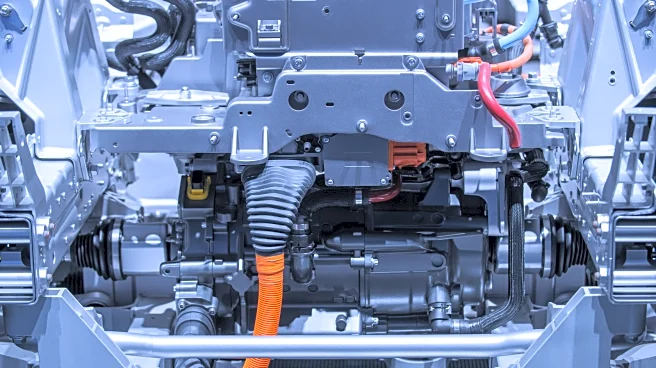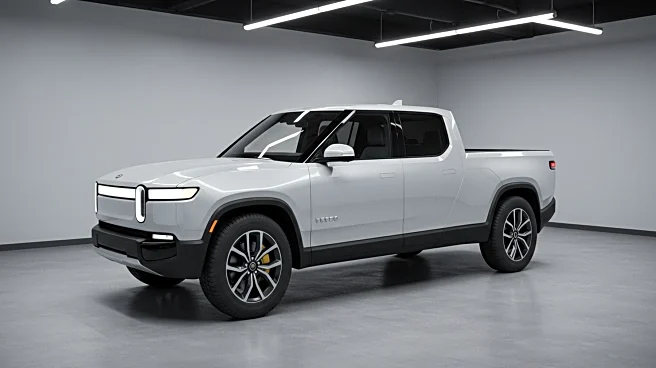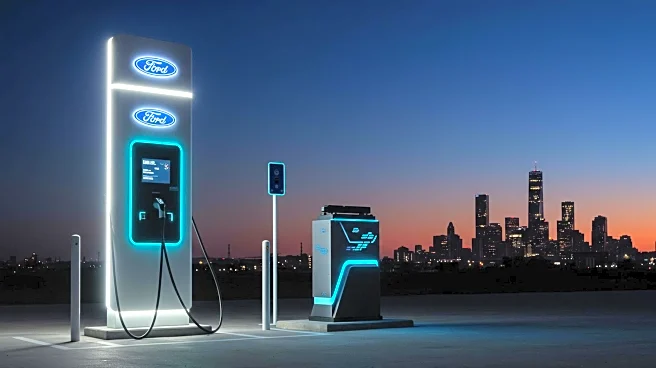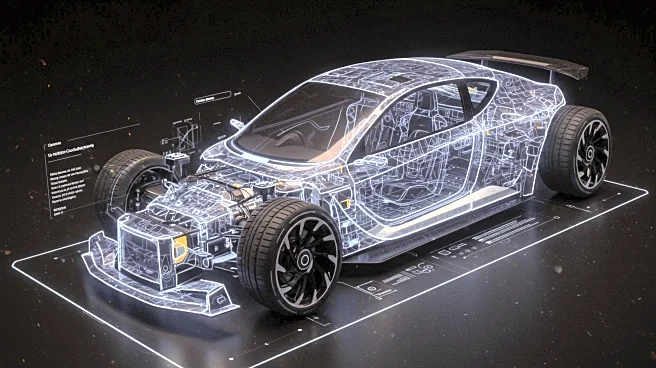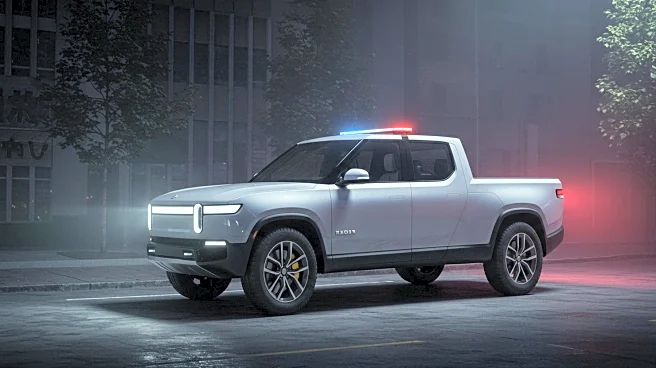
In nature, the most aerodynamic shape is that of a drop of water, which has a coefficient of drag (Cd) of 0.05. Unfortunately, this is not a practical shape for a vehicle. An object's Cd, or how much drag it has, is calculated by determining its frontal area and its speed squared. A vehicle's Cd is directly related to how aerodynamic its shape is, how much frontal area it has (larger vehicles usually have more frontal area), and its speed — such that doubling the car's speed will produce four times
the drag. This is important to take note of because a car's aerodynamic drag can be responsible for up to half of its fuel consumption.
Today, nearly all modern vehicles are designed to provide aerodynamic efficiency, with the objective of either improved fuel economy for internal combustion engine (ICE) vehicles or longer range for electric vehicles (EVs). However, drag reduction strategies must coexist with the issue of downforce, which is essentially the force keeping the car firmly on the road at higher speeds. Some ways of providing downforce, such as spoilers, can increase drag. Other methods, like ground effects (which carmakers shape the underside of a vehicle to reduce pressure), can add downforce without drag. However, these are far from the only tools in the carmakers' toolbox when it comes to aerodynamics.
Read more: 11 Of The Fastest Dodge Cars Ever Made, Ranked By Top Speed
Carmakers Have Several Techniques To Reduce Drag
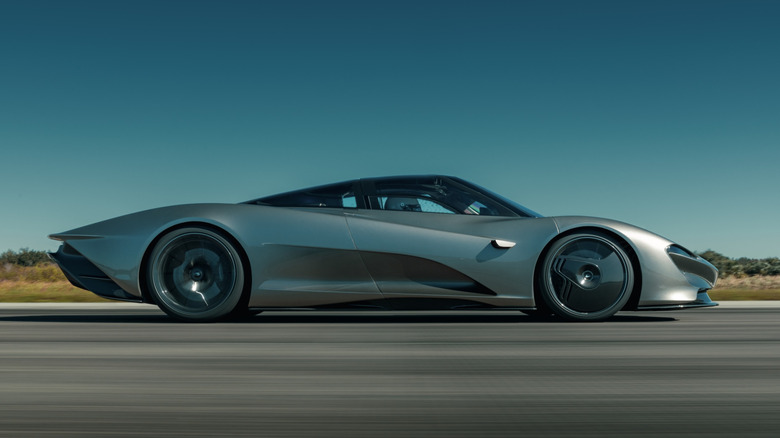
The methods carmakers employ to mitigate drag depend on the specific vehicle involved. While there are numerous tweaks that can be made to make pickup trucks and SUVs more aerodynamically efficient, their shapes are largely dictated by their function as boxes on wheels. However, today's sedans have incorporated more sloping rooflines to reduce drag and improve their aerodynamics. Carmakers can also slant windshields — which is more common on cars than trucks — or make the front edge of a vehicle more rounded. They may also add spoilers to the front or rear, adjust the shape or size of mirrors, reorganize the exhaust system so that it is not disrupting the airflow under the car, or add a rear diffuser to tune the airflow under the vehicle.
Unlike everyday cars, high-performance vehicles that are designed for speed can truly be aerodynamically optimized for their mission. The McLaren Speedtail, shown above, is one of these. The Speedtail, of which only 106 were made, is McLaren's spiritual successor to the incredible 1992-98 F1. Just as with the F1, the Speedtail puts the driver front and center in a three-seater cockpit. Packing a 1,055-horsepower gasoline-electric hybrid powertrain, the Speedtail is capable of going from a standstill to 186 mph in just 12.8 seconds on the way to its top speed of 250 mph. McLaren calls the Speedtail's shape an "aerodynamic teardrop," so you know drag won't be an issue with this vehicle.
Want the latest in tech and auto trends? Subscribe to our free newsletter for the latest headlines, expert guides, and how-to tips, one email at a time.
Read the original article on SlashGear.
